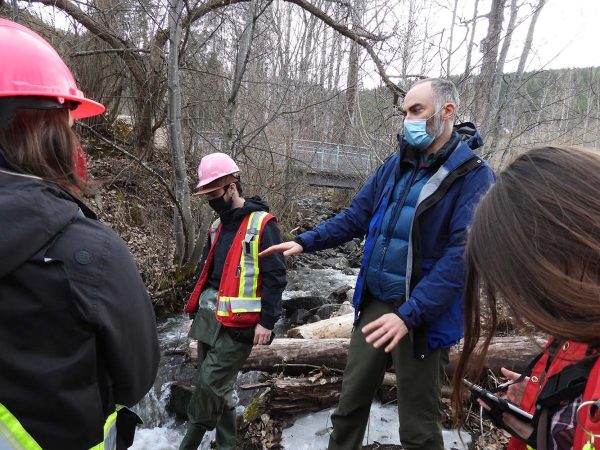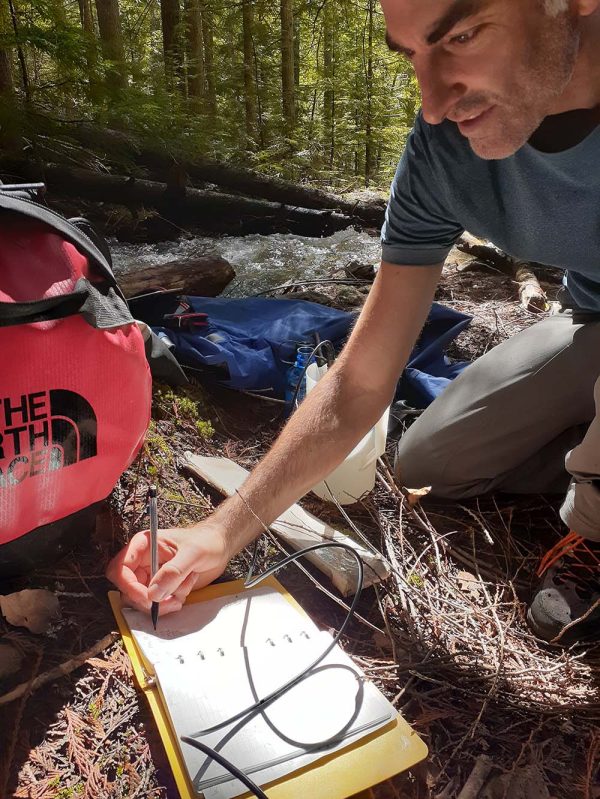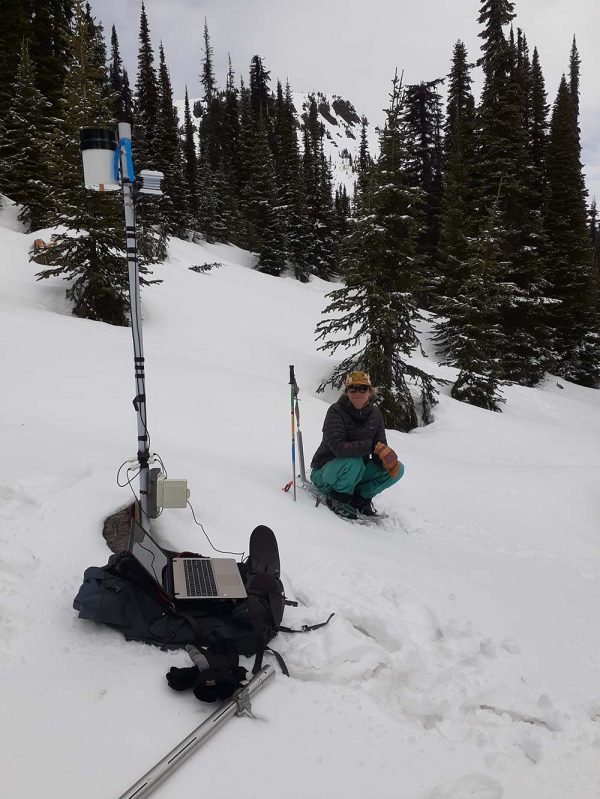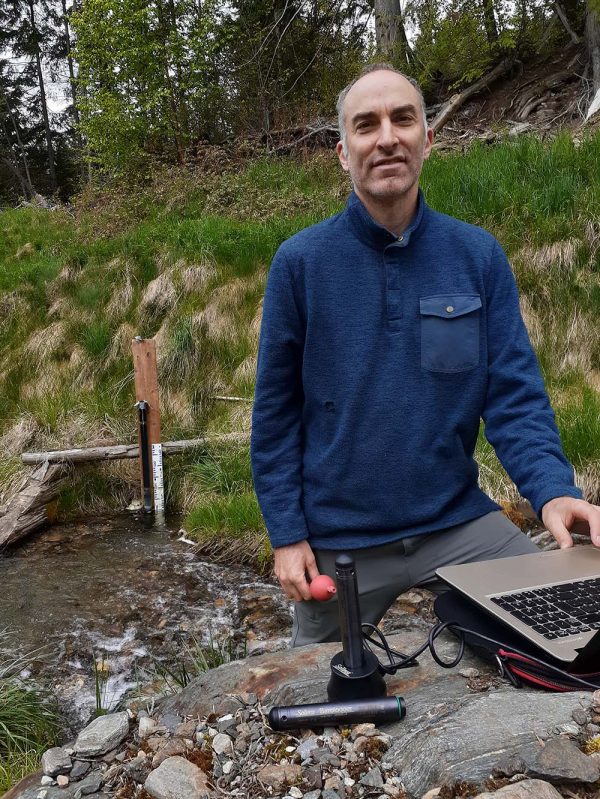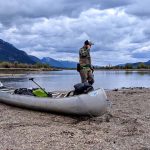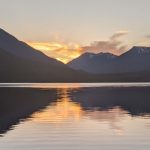Update on Kootenay Lake watershed monitoring, all data online
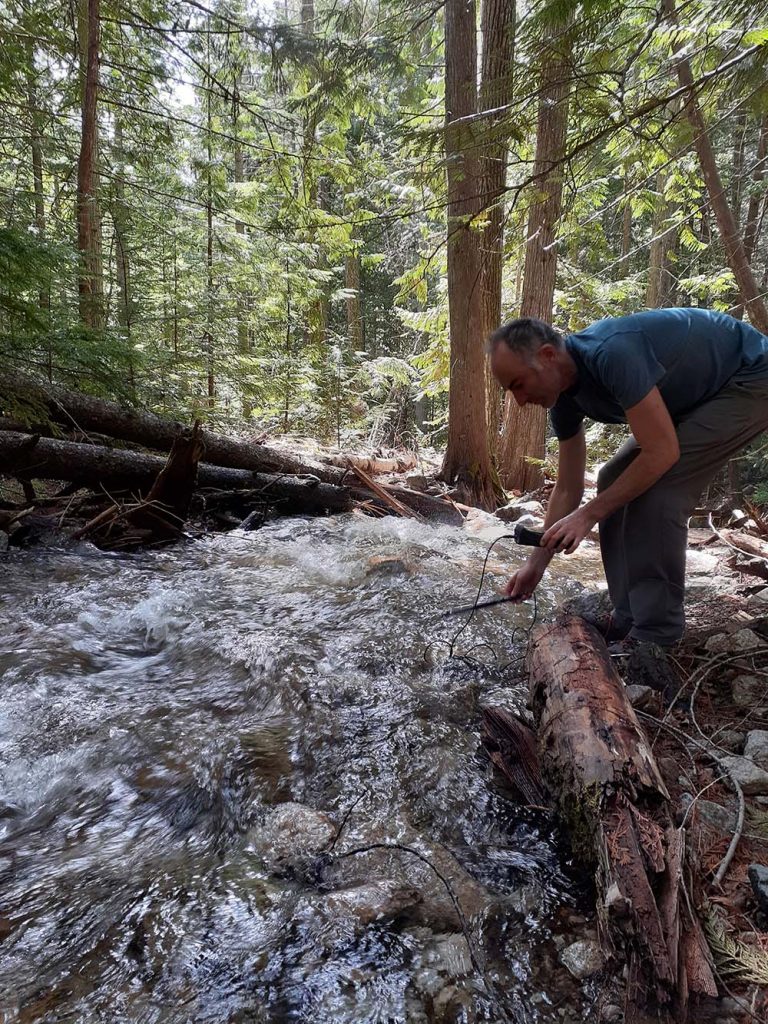 This spring, the Kootenays experienced a fairly slow and prolonged freshet. Early spring warm weather quickly melted the low and mid elevation snow at the Kootenay Watershed Science (KWS) monitoring sites but left the high elevation snow pack relatively unchanged. This produced some high early spring flows, which then tapered off.
This spring, the Kootenays experienced a fairly slow and prolonged freshet. Early spring warm weather quickly melted the low and mid elevation snow at the Kootenay Watershed Science (KWS) monitoring sites but left the high elevation snow pack relatively unchanged. This produced some high early spring flows, which then tapered off.
In early June with temperatures rising into the mid 30s, we saw some significant flow again as the high elevation snow began to melt quickly. As temperatures rise and fall in June and July we expect to see corresponding increases and decreases in high elevation snow melt rates resulting in a range of flows in our high elevation watersheds.
KWS program hydrologist Paul Saso has been out measuring discharge this spring and early summer. These new measurements help to refine our ability to accurately measure discharge by improving our stage discharge rating curves (SDR). The SDR establishes the relationship between stream level, which we measure automatically at each of our sites every 15 minutes, to discharge in litres of water per second of flowing water, which provides the essential information we need about our streams.
In early May, Paul taught stream gauging to enthusiastic Selkirk students at Anderson Creek in Nelson. Saso instructed on the salt dilution methodology commonly used by KWS to determine stream discharge rate. The method works by measuring the change in conductivity of streamwater caused by adding a small amount of salt to a stream.
Paul and volunteer Ali Roux completed the final KWS snow survey for the season. They hiked and then snowshoed up about a 1,200-metre elevation gain to reach the snow survey site and climate station high above Johnson’s Landing and found over 210 centimetres of snow still intact at our 2000 m elevation site.
All KWS data is now available on the Columbia Basin Water Hub and the Aquarius Webportal.
Big thanks to Aquatic Informatics for the use of their Aquarius software platform which has allowed us to process and share our data to the highest standards. You can read about this partnership in Environmental Science & Engineering Magazine’s June issue on pages 46-47.
Coming up…
KWS is excited to welcome our new intern Tomba Paagman to the team starting in August. She will be working with us for three months while completing her thesis project for her bachelor’s degree in International Land and Water Management.
We are also launching a pilot project to monitor Ben Hur Lake, a high alpine lake near Kaslo, BC. The project will build upon our understanding of the Ben Hur watershed where we have operated a hydrometric station since 2013.
To learn more, visit the KWS project page or contact Paul Saso at paul@livinglakescanada.ca.


